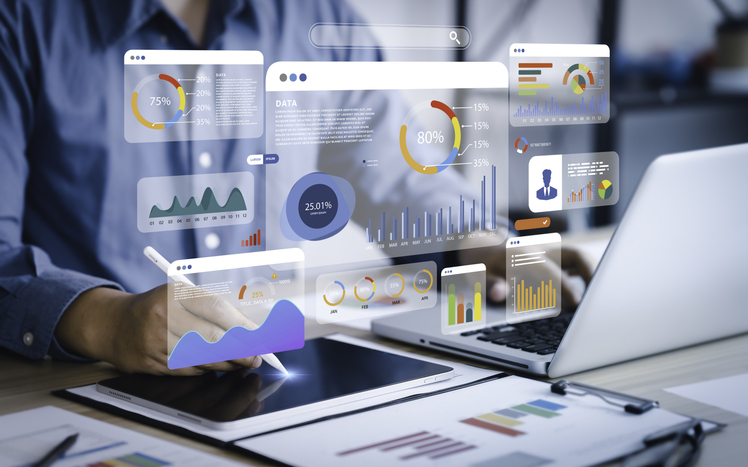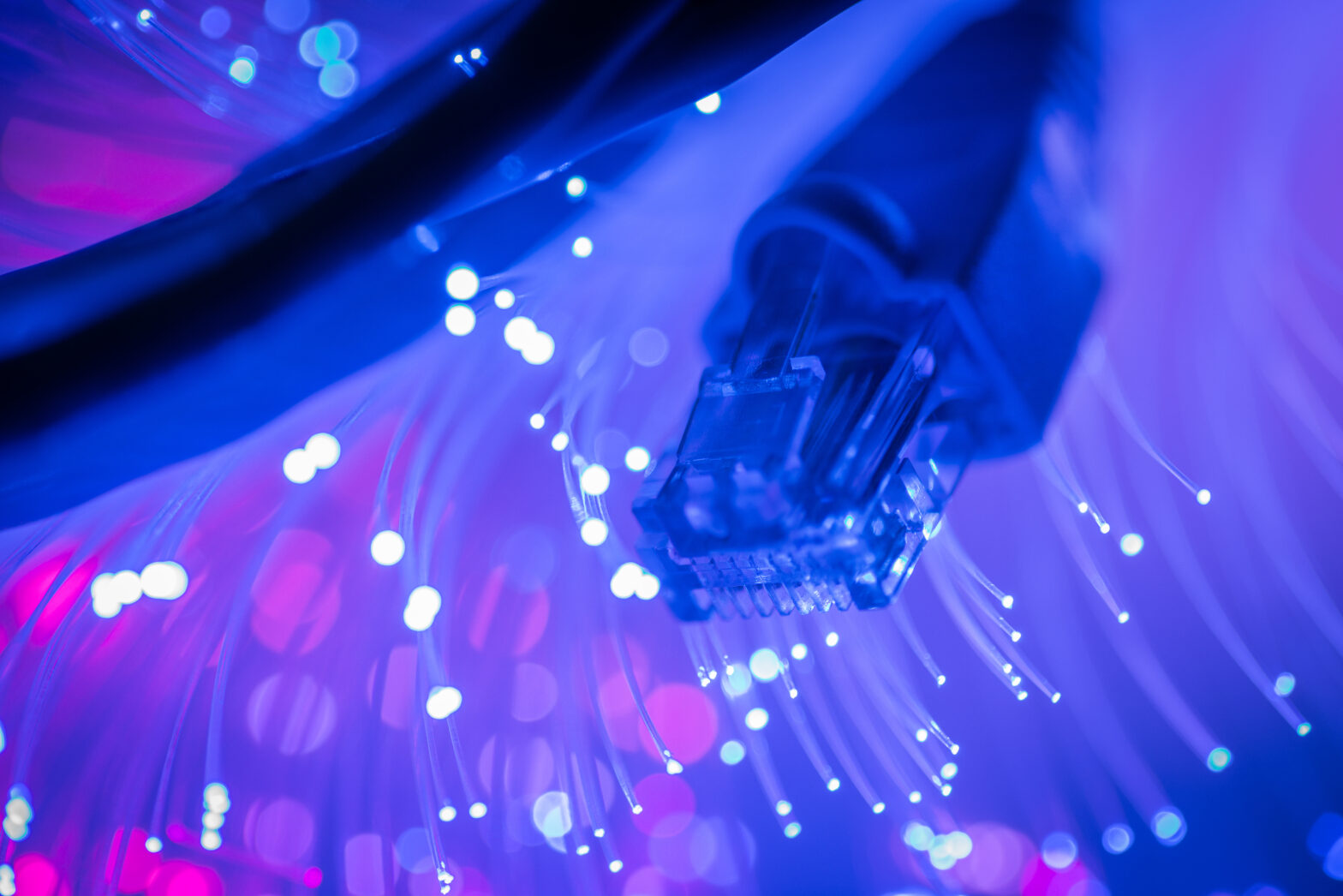Thanks to technology known as biometrics, identity recognition techniques such as fingerprint, retinal and voice scanning are increasingly finding everyday applications in the workplace.
Up until recently, the technology has primarily been used in the defence sector, particularly in the US, but now banking, law enforcement and other areas of the public sector are benefiting from biometric systems. A recent EU ruling paved the way for the introduction of biometrics in passports, visas and residence permits from 2006 and the UK Home Office has announced plans to incorporate biometrics into the much-debated national identity cards. The European Commission recently issued a report on the potential effect biometrics will have on our daily lives, further illustrating that the technology is a hot topic.
Private sector potential
The hype surrounding applications of biometrics in the workplace may seem a touch premature, but technology developers argue that a compelling case can be made for the use of biometrics in business, especially for companies struggling with lax security procedures. Equipment incorporating the technology is hitting the shops and major suppliers such as Microsoft, Compaq, Sony and Dell have begun to integrate biometric apparatus into computer hardware and software marketed to both consumers and business customers.
See also: Beyond fingerprints: why biometrics is here to stay
‘Biometrics technology is very sophisticated and can be utilised in a number of ways, depending on the nature of the business,’ says John Greaves, business development director at technology licensing and consultancy group Scientific Generics. ‘The most common application is fingerprint scanning used for access to premises and computer networks, but voice recognition and facial mapping are also popular.’
Convenience, security and privacy
Utilised alone or integrated with smart cards, encryption keys and digital signatures, advocates for biometrics argue that it can be considerably more convenient than current access methods such as passwords and swipe cards. Crucially, the technology reduces or eliminates the need for an individual to remember key information.
According to recent Microsoft research, the average computer user has to remember 15 different passwords when they log on each day. Using information from physical characteristics to access work premises and computer systems could also reduce costs associated with reprogramming business IT systems because of lost security codes and passwords.
Convenience aside, the current publicity surrounding biometrics is primarily concerned with the areas of security and privacy. ‘There is a great deal of debate at the moment on the subject of accuracy when it comes to using biometrics for security purposes,’ confirms John Greaves. ‘Biometric software is used in a range of business environments and there have been reported cases where the technology has been abused through counterfeit entries.’
Indeed, a 2002 study by researchers at the Yokohama National University in Japan found that fake fingers created using everyday materials could fool commercial fingerprint scanners. The researchers tested 11 scanners and found at least a 68 per cent chance of the equipment accepting a fraudulent finger.
A hybrid approach
Given these concerns, it seems revolutionary biometric software will continue to need refinement for a while yet, but many experts still believe biometrics still offers an improvement on basic password and access code systems used by businesses. And biometrics can operate in conjunction with common tools such as cards and passwords, rather than replacing them entirely.
Simon Loopuit, CEO of speech-enabled solutions provider VoxGen, says this is particularly true in the case of using stored biometric information on a swipe card. ‘For example, at the point of an individual’s entry or access, a system can simply compare the data from an individual’s voiceprint stored on an swipe card with their answer to a knowledge-based question asked on entry.’ This means that even if an imposter tries to impersonate an identity by stealing an access card, without the correct authenticating biometric reading the request for access would be denied. Loopuit says the probability of error in this system is less than one per cent.
Big brother watching?
Biometrics has also stirred up issues of whether the technology encourages a ‘Big Brother’ approach to monitoring staff. Civil liberties groups are concerned that the more biometrics is adopted in the UK, the more an individual’s privacy may be infringed.
‘It’s a politically sensitive issue,’ agrees John Greaves. ‘But the latest biometric systems are designed so that no information is stored on the entry equipment itself, only on the swipe card. This may help to allay people’s fears about their personal biometric data being permanently stored and utilised.’ Other experts argue that biometrics is less of a threat to personal data security than internet banking, mobile phones, CCTV cameras and even supermarket loyalty cards.
There are clearly issues to be resolved before biometric technology becomes widespread in the business community. However, with such raft of possible applications of the technology that will bring benefits for security and convenience for both employees and employers, we may see voice recognition and fingerprint checks becoming an everyday part of working life in the not-too-distant future.
For further information visit:
- International Biometrics + Identity Association – www.biometricgroup.com
- Biometrics Institute – www.iafb.org.uk
- VoxGen – www.voxgen.com






